Indirect investment refers to the process of investing in an asset or security without actually owning it. Indirect works by the investor putting their money into a fund or other type of financial instrument through an intermediary, which in turn invests in the desired asset or security. Indirect investment is accomplished through vehicles such as mutual funds, ETFs, REITs, hedge funds, and private equity funds. Each type of fund offers unique benefits and risks, and investors should carefully consider their options before making a decision.
What is Indirect Investment?
Indirect investment refers to a type of investment in which the investor does not directly own the asset but rather invests in it through an intermediary, such as a fund or a financial institution. own a share in a vehicle that invests in the asset. People who do not have the financial resources or the time to invest directly in assets such as stocks, bonds, or real estate frequently turn to indirect investment as an alternative method of making financial investments. Mutual funds, exchange-traded funds (ETFs), real estate investment trusts (REITs), hedge funds, and private equity funds are all examples of vehicles that is used to engage in indirect investment.
How do Indirect Investments work?
Indirect investments work by an investor putting their money into a financial instrument, such as a mutual fund or ETF, which then invests the money in the desired asset or security. The investor does not directly own the asset but rather owns a share in the fund that owns the asset. The fund is managed by professionals who make the investment decisions on behalf of the investors. The returns generated by the fund are shared among the investors. The investor has the advantage of diversification and professional management but also bears the risks associated with the fund’s performance.
An example of indirect investment is mutual funds. Imagine investing Rs10,000 in an equity mutual fund called ABC Equity Fund which invests primarily in large-cap stocks listed on the National Stock Exchange and Bombay Stock Exchange (NSE and BSE). ABC Equity Fund’s fund manager then selects and manages an array of stocks on your behalf for maximum diversification.
Your investment in a mutual fund is represented by units, with each one’s value determined by net asset value (NAV). NAV is calculated by dividing the total asset value of the fund by the number of outstanding units; as stock prices fluctuate so too does its NAV and thus your mutual fund unit value.
Let us assume ABC Equity Fund’s NAV was Rs.100 when you made your investment. 100 units will be issued for every Rs.10,000 contribution (10,000 divided by 100 = 100 units). Let us now consider that after one year its NAV increased to Rs110. Now, your value of the investment would increase accordingly; 100 units multiplied by Rs110 = Rs11,000
What are the different types of Indirect Investment?
Different types of indirect investments include mutual fund, exchange-traded funds (ETFs), real estate investment trusts (REIT), hedge funds, or private equity funds. Indirect investment is popular among investors who do not have the financial resources or time to invest directly in assets.
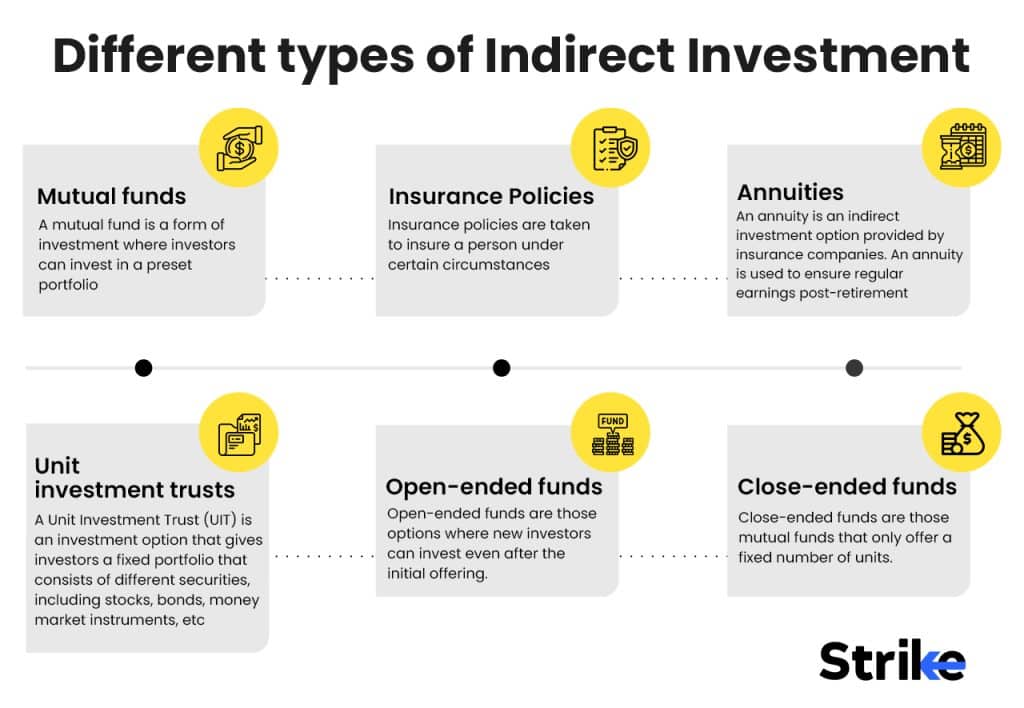
Below is more information about each type of indirect investment and its pros and cons.
1. Mutual funds
Mutual funds are a type of indirect investment that pools the capital contributed by a large number of investors in order to acquire a diversified portfolio of stocks, bonds, and other types of securities. The investment objectives of a mutual fund have a significant impact not only on the fund’s risk but also on the return it generates and the fees it charges. The benefits of diversification, professional management, and liquidity that mutual funds provide are offset by the annual fees that are associated with those benefits.
2. Insurance policies
Purchasing an insurance policy is another example of an indirect form of investment. This is due to the fact that some policies, such as variable universal life and variable annuities, give the policyholder the option of investing a portion of the premiums that they pay into mutual funds or other similar investments. The value of the policy, which increases over the course of time, is impacted by the performance of the investments that underpin it. These kinds of insurance policies are quite costly, and they may not be appropriate for all types of investors.
3. Annuities
An individual can enter into a type of contract known as an annuity with a financial institution or an insurance provider. The individual will provide the insurance company with either a single payment in a lump sum or a series of payments in exchange for a steady flow of guaranteed income over the course of a predetermined amount of time. Some annuity contracts, much like insurance policies, come with the option to invest the money in mutual funds or other types of investments that are very similar. But annuities typically have higher fees, so they aren’t necessarily the optimal choice for all investors.
4. Unit investment trusts
Unit investment trusts are a type of indirect investment that invests for a predetermined amount of time in a fixed portfolio of stocks, bonds, or other securities. This type of investment is known as a “unit pool.” UITs, in contrast to mutual funds, do not make any changes to the securities that make up their portfolio after the initial purchase of those securities. UITs are investments that are made only once and have a maturity date that is predetermined. They trade on stock exchanges in the same way that individual stocks do. UITshave higher fees and less liquidity, despite the fact that they offer a number of benefits, including the ability to diversify one’s portfolio and to have it professionally managed.
5. Open-end investment companies
Open-end investment companies are another example of indirect investment. The investors pool their resources into a company, which then invests those funds in a diversified portfolio of stocks, bonds, and other securities. The value of the company’s shares is determined on a daily basis, and investors are permitted to buy or sell shares at the price that is currently being offered on the market. Open-end investment companies often have minimum investment requirements, despite the fact that they offer investors a variety of benefits, including low fees, professional management, and diversification.
6. Close-end investment companies
Close-end investment companies release a predetermined number of shares, which are then traded on stock exchanges in a manner analogous to that of stocks. Closed-end investment companies, in contrast to open-end ones, do not continuously issue new shares or redeem existing ones. They simply do not do either of those things. Instead, the shares are traded publicly at a price that is established by the equilibrium of supply and demand in the market. The market for these companies is more unpredictable than the market for open-end investment companies because closed-end investment companies typically invest in illiquid and infrequently traded securities. But they provide investors with the opportunity to put their money into a diversified asset portfolio that is managed by a qualified professional.
Each type of investment has its own pros and cons, and investors must evaluate their financial goals and risk tolerance before making any investment decisions.
How to choose a good investment?
Choosing a good investment depends on factors including an investor’s financial goals, risk tolerance, and investment time horizon. Here are some tips to help choose a good investment.
- Determine your level of comfort with risk by evaluating your ability to withstand the ups and downs of the market. This will help you determine whether you are a conservative, moderate, or aggressive investor.
- It is important to have a crystal clear understanding of both the financial goals you want to achieve and the time frame in which you want to accomplish those goals.
- Conduct research into a variety of investment opportunities, such as stocks, bonds, mutual funds, and other vehicles, so that you identify the financial vehicles that are most aligned with your objectives and comfort level with risk.
- Examine the costs and fees connected to each potential investment choice to ascertain whether or not they are acceptable and in keeping with the norms prevalent in the financial services sector.
- Spreading the risk of your investments across asset classes, such as stocks, bonds, and real estate, helps reduce the likelihood of suffering a loss while also increasing the return on your investments.
- You should think about consulting with a financial advisor or an investment professional If you need assistance selecting suitable investments and managing your portfolio over the course of time.
It is important to remember that investments always come with some degree of risk, so it’s important to do your due diligence and invest wisely.
What is the best investment this 2023?
It is not possible to determine which investment strategy will perform the best in 2023 or any other year in the future. Investment choices and the returns they generate are vulnerable to the risks and uncertainties of the market. It is highly recommended to speak with a financial advisor or conduct extensive research on the subject to completely understand what is an investment.
What is the advantage of Indirect Investment?
Indirect investment has advantages, including expert management. The indirect investment allows investors to benefit from the expertise of fund managers who have the knowledge to manage complex portfolios of investments. Below are some more advantages.
- Diversification: Indirect investment provides a means for investors to diversify their portfolio across a range of assets, which can help reduce risk.
- Accessibility: Indirect investment is accessible to a broad range of investors due to relatively low investment minimums.
- Lower Costs: Indirect investment vehicles such as ETFs and mutual funds have lower costs than other investment alternatives.
- Liquidity: Indirect investment provides investors with the flexibility to buy and sell investments easily in the market, providing liquidity.
- Diversification: Indirect investment allows investors to spread their capital across various assets, reducing their overall risk exposure.
Shares in investment funds are generally easier to buy and sell compared to direct investments in assets like real estate, providing investors with greater flexibility.
What is the disadvantage of Indirect Investment?
There are some disadvantages that investors should be aware of although indirect investment has its benefits. Listed below are four main disadvantages.
- Investors typically do not have much of a voice in the management of their investments. Those who want a greater degree of control over their investments may find this to be very frustrating.
- Indirect investment vehicles often come with fees such as management fees, which can eat into investment returns.
- Indirect investments are still influenced by market volatility, and there is no guarantee that returns will be positive.
- Investors will not be able to customize their investments to meet their specific needs, as they are subject to the fund’s overall strategy.
Keeping in mind the above disadvantages will help investors make better decisions when it comes to indirect investments.
Is investing in stock indirect investment?
No, investing in stock is not considered an indirect investment. Stock market investment is a form of direct investment. Indirect investments include investing in mutual funds, ETFs, or other pooled investment vehicles.
Is it more profitable to invest in Indirect Investment?
There is no guarantee that investing in indirect investments will be more profitable than direct investments, as no investment is completely risk-free. The potential profitability of any investment is influenced by many factors, including market conditions, the expertise of fund managers, and the specific asset classes being invested in.
What is the difference between Direct and Indirect Investment?
Indirect investment involves investing in funds that hold multiple assets or securities, such as mutual funds or ETFs. With indirect investment, the investor does not directly own the underlying assets but rather owns a portion of the fund that owns those assets. Direct investment, on the other hand, is when an individual buys and owns an asset, such as a stock or real estate property. The advantages and disadvantages of each type of investment should be considered before making any investment decisions.
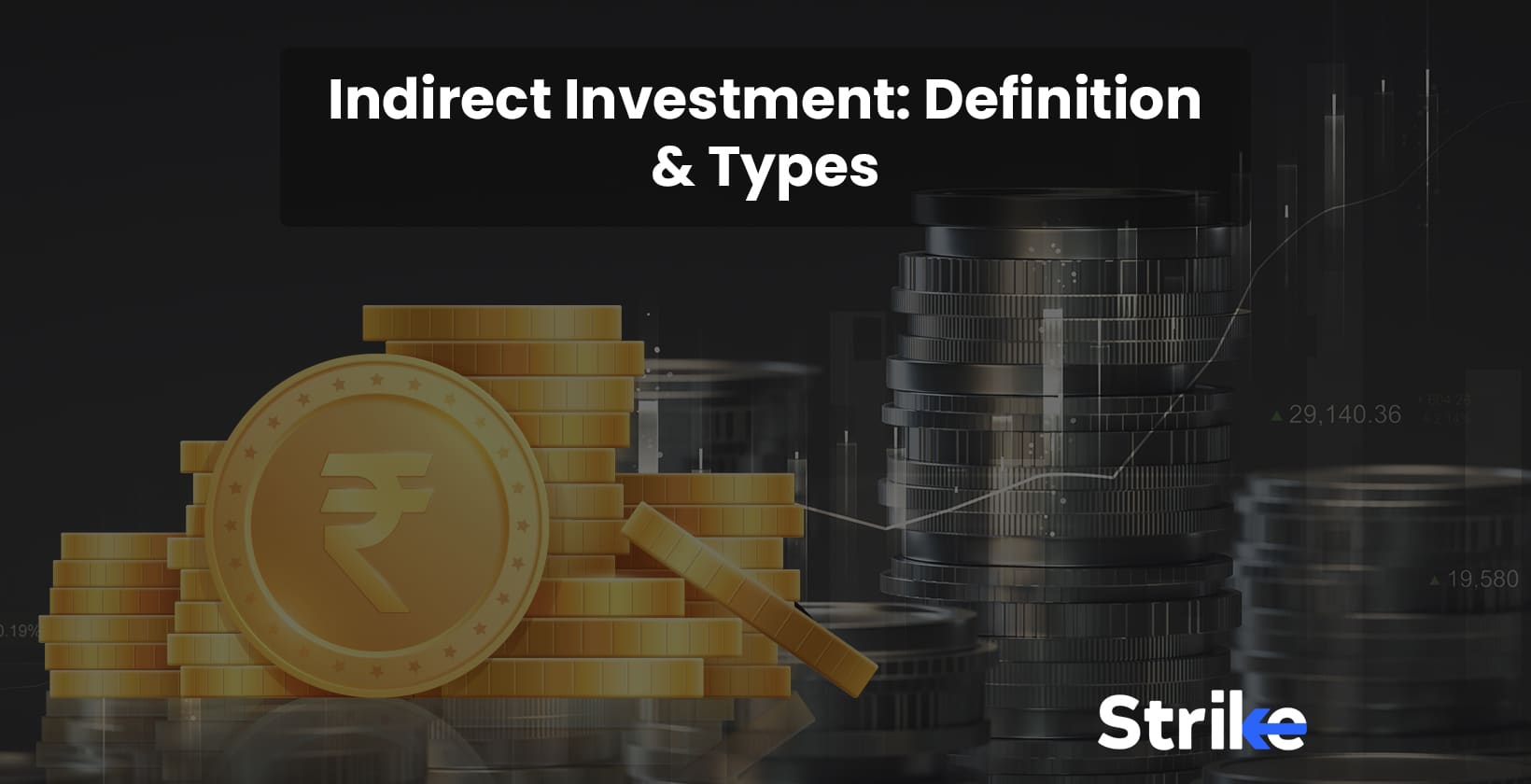





 Previous Article
Previous Article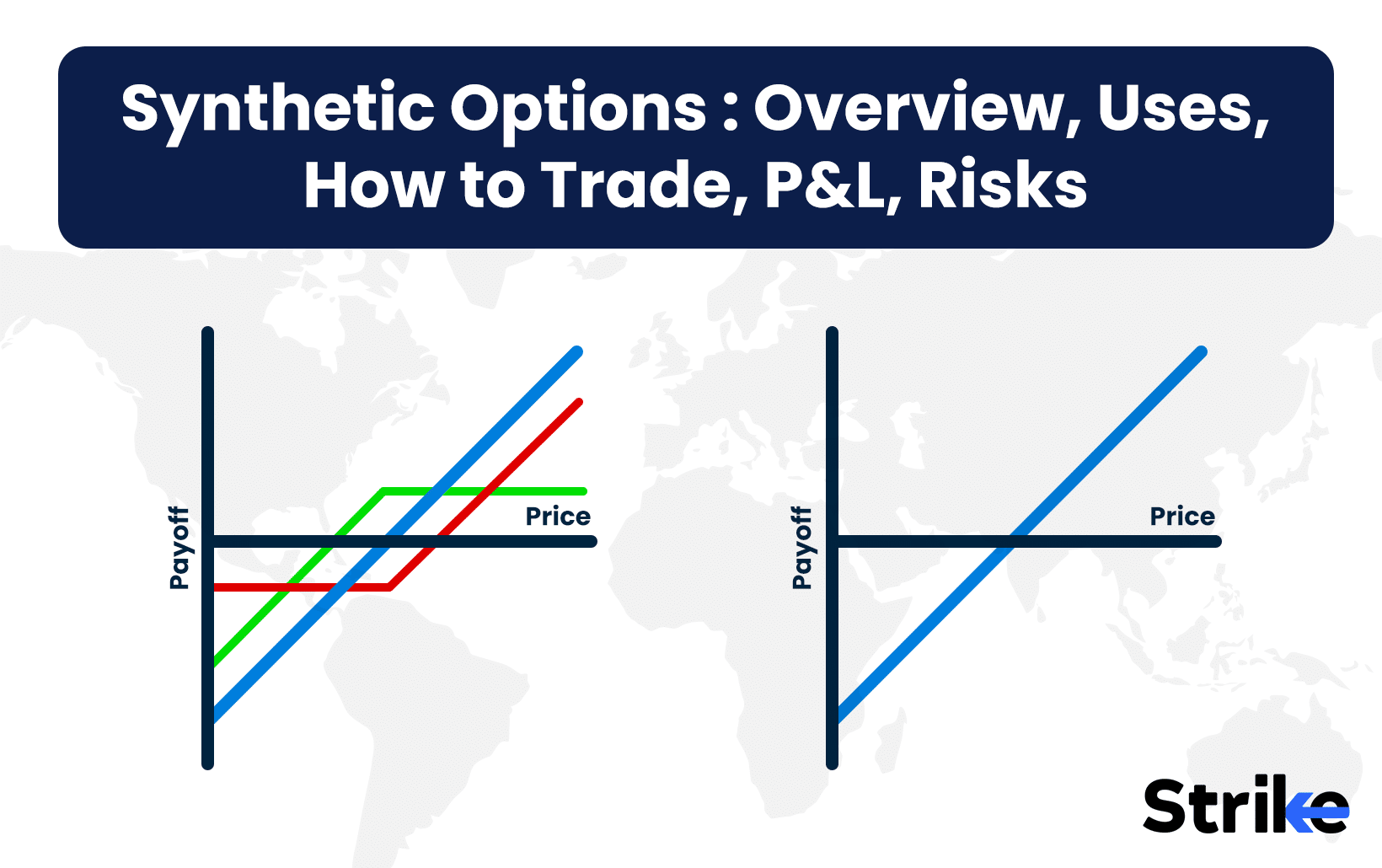
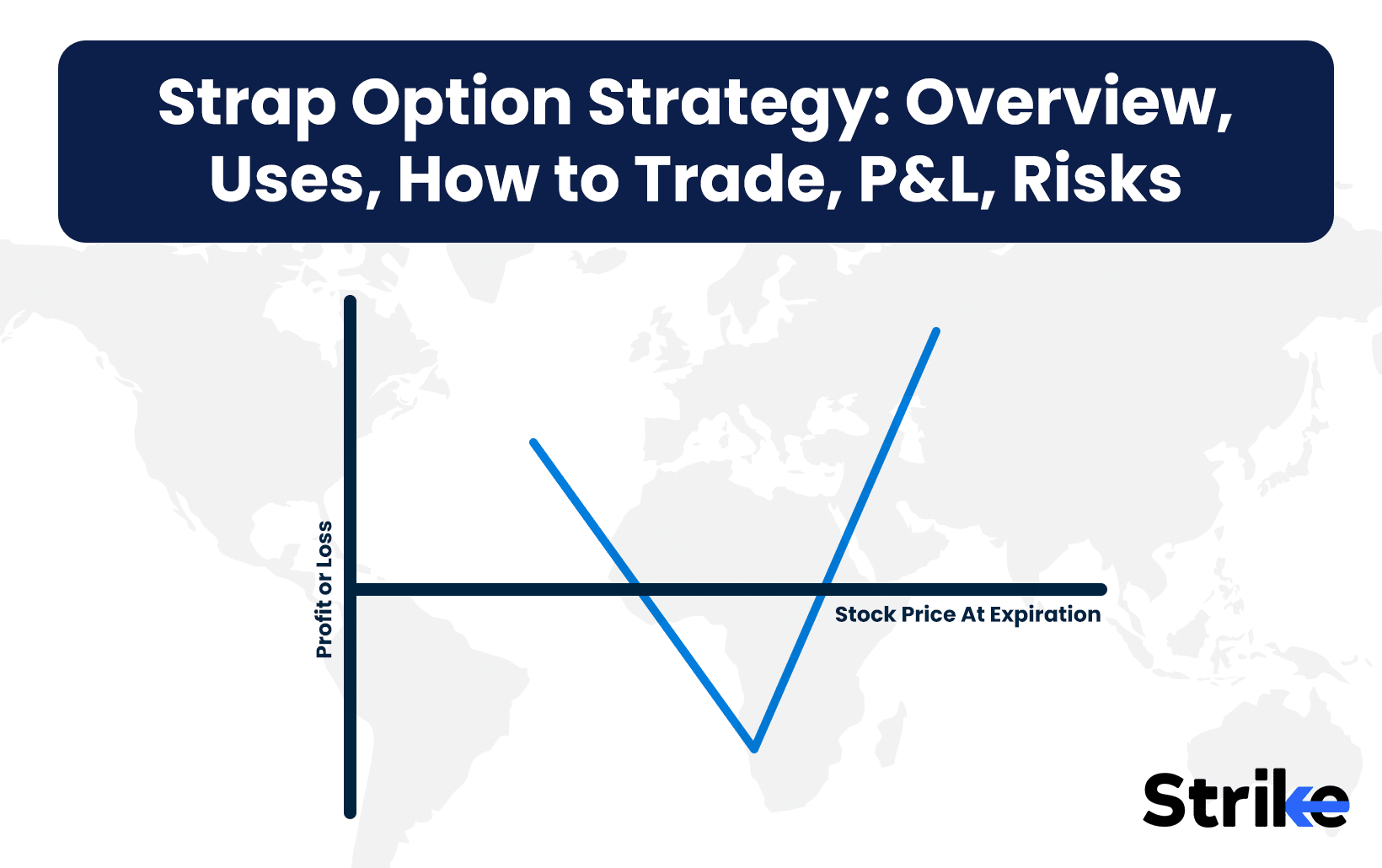
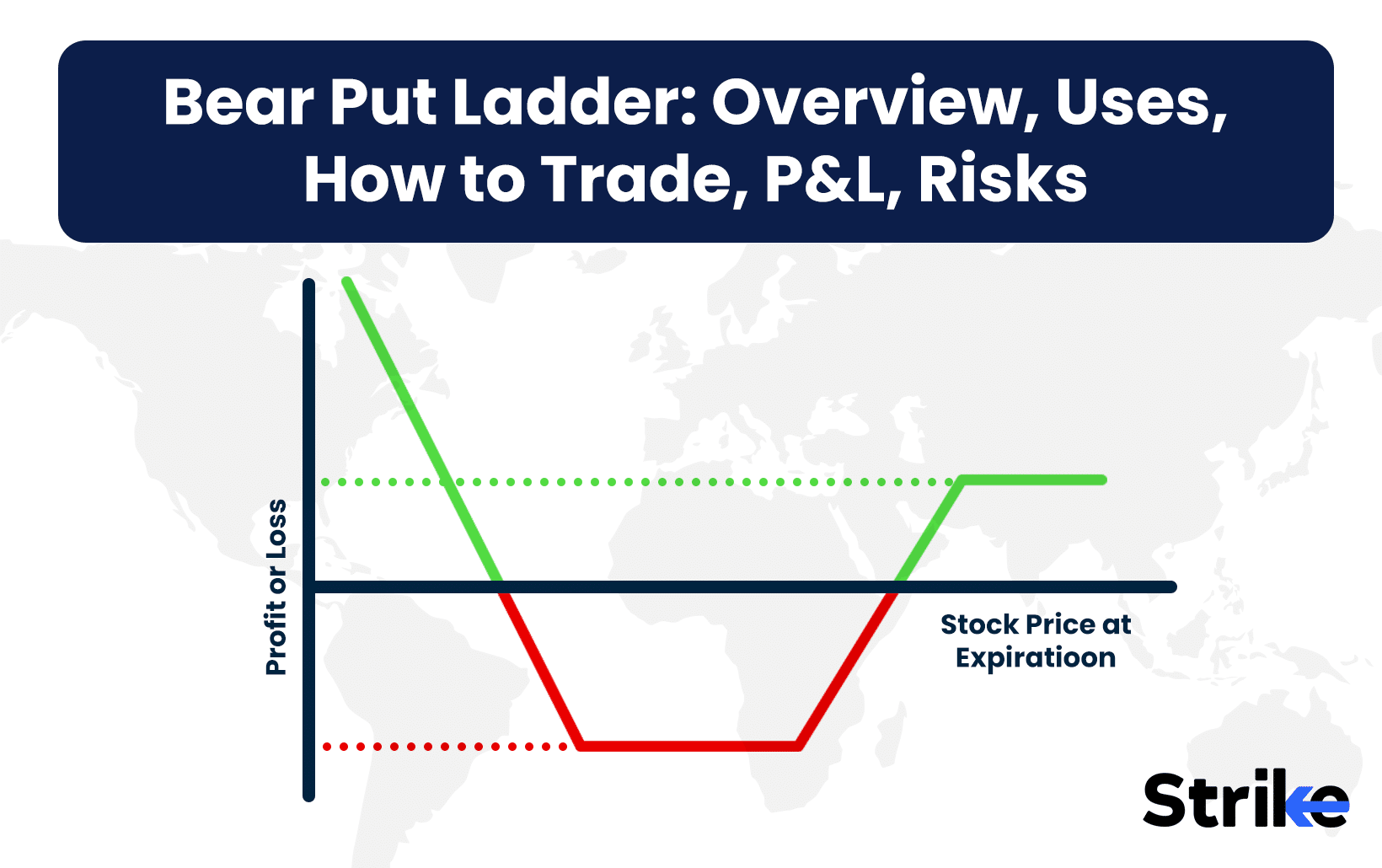
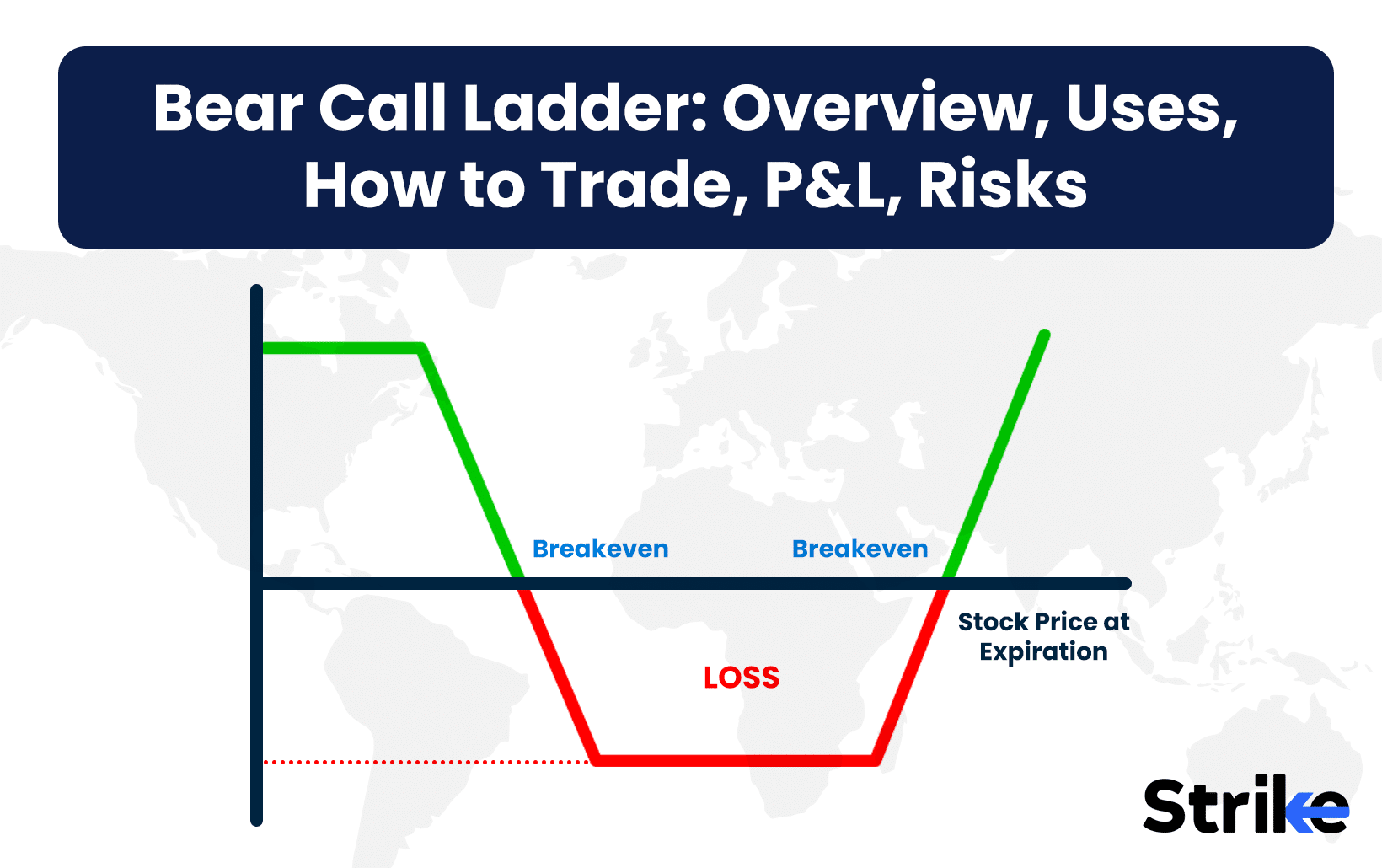

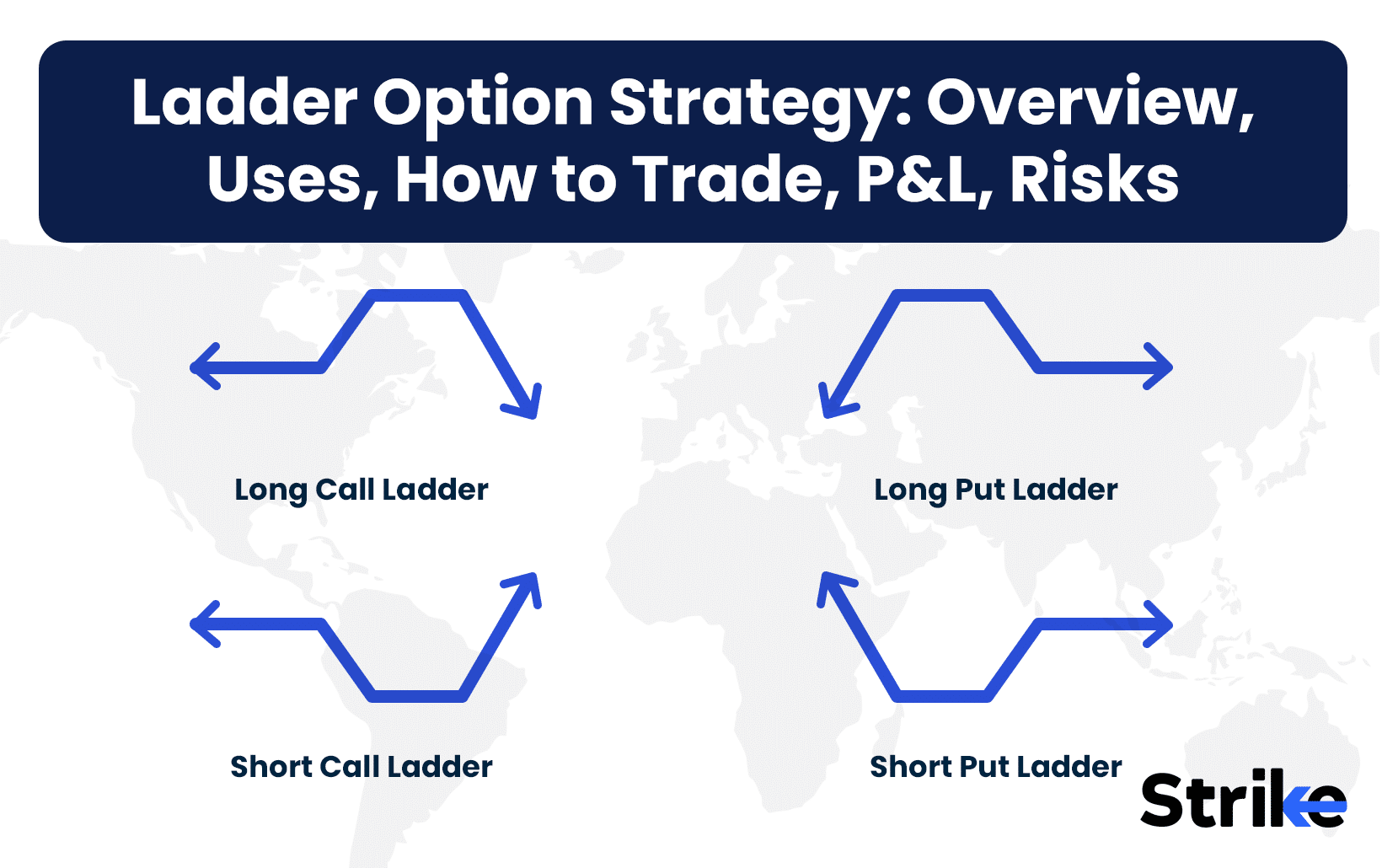

No Comments Yet